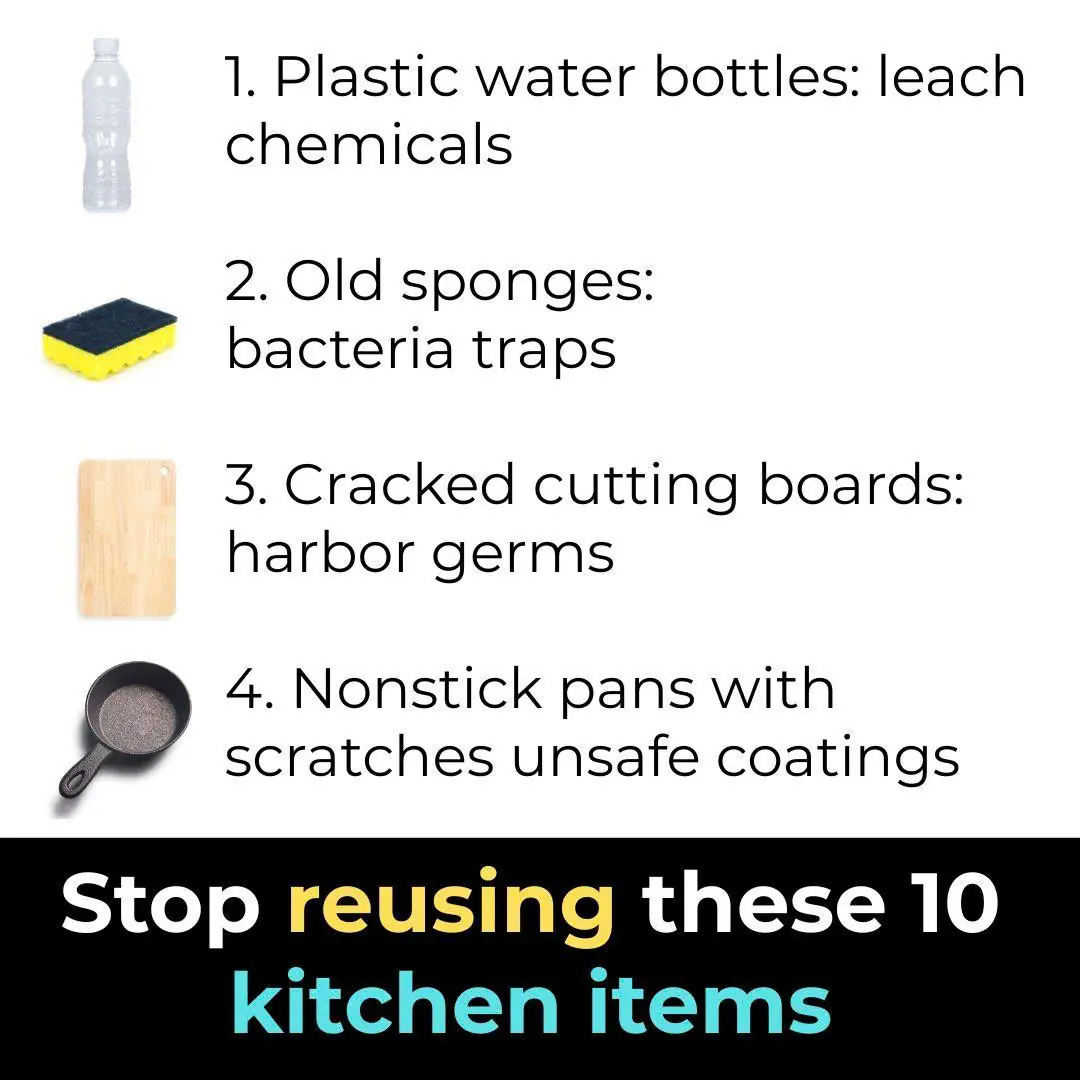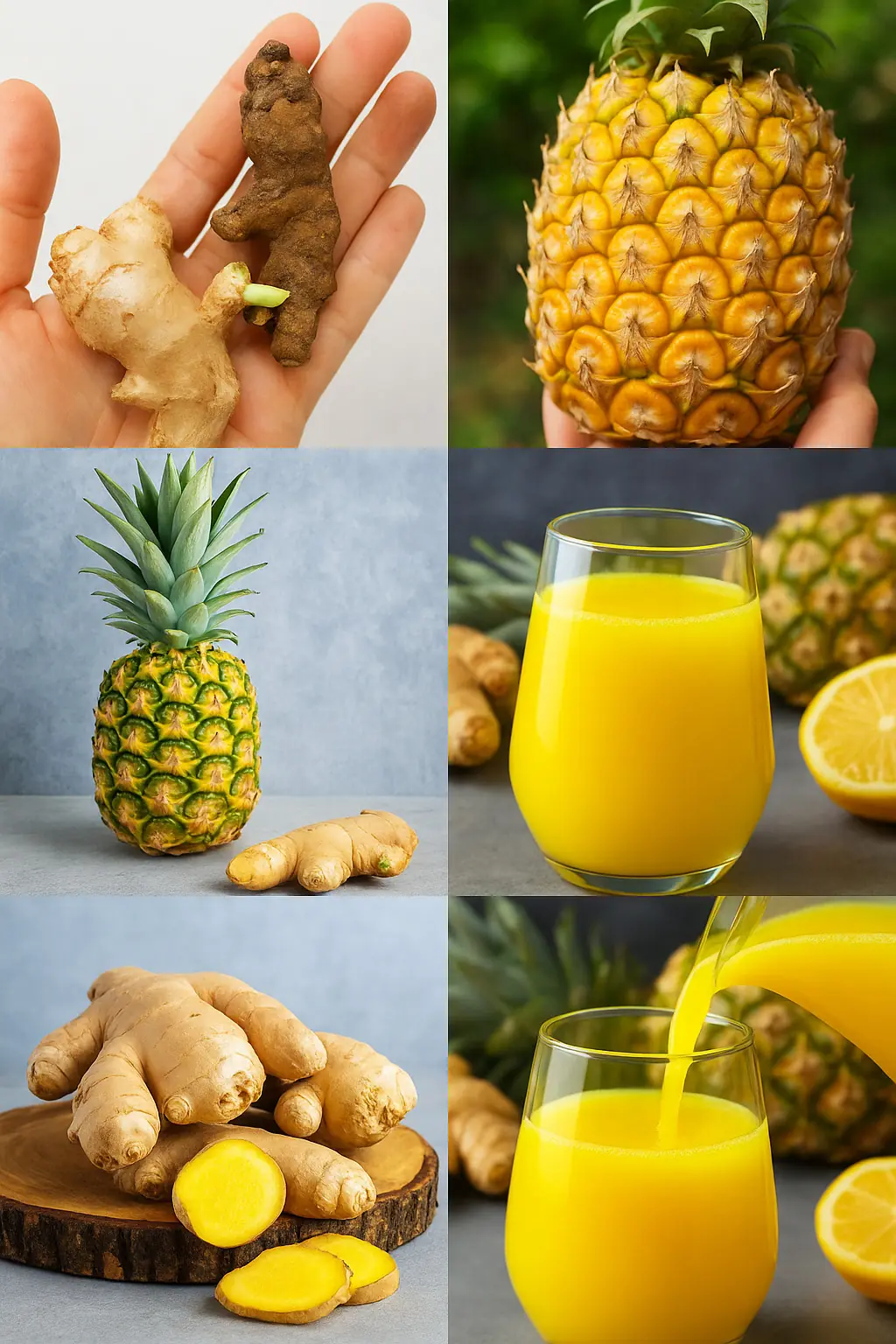
Pour boiling water into pickled cabbage, it seems to have a bad taste but it turns out to be a very delicious pickling tip, surprisingly golden and crispy.
Pickled Chinese Cabbage with Boiling Water: A Surprising Winter Treat
Pickled Chinese cabbage is a beloved dish, especially during the cold winter months. Its golden, crispy texture and slightly sour taste make it a staple in many households. However, some people are often surprised to learn that using boiling water to pickle the cabbage can actually be a successful trick rather than ruining the vegetables.
Ingredients
-
1 kg Chinese cabbage
-
A handful of green onions
-
4–5 shallots and bird’s eye chilies (optional, depending on how spicy you like it)
-
Seasonings: coarse salt and sugar (sugar is optional; it can speed up fermentation if you want the cabbage to turn sour faster)
-
A clean ceramic or glass jar or bowl, rinsed with boiling water and left to dry
Step 1: Preparing the Cabbage

Separate the cabbage leaves and discard any wilted, damaged, or old parts. Let the cabbage wilt slightly in the sun, or if sunlight isn’t available, place it on a tray in front of a fan to reduce its moisture. Slightly wilted cabbage will result in a crispier pickle.
Clean the green onions by removing any wilted tips and cutting off the roots. You can even add the cleaned roots to the pickling mixture because they release a pleasant aroma.
Step 2: Pickling Process
Once the cabbage has wilted, rinse each leaf under running water to remove any dirt. Cut the cabbage into 3–5 cm pieces, or leave the leaves whole if preferred. Rinse again to remove any sticky residue that can make the pickle slimy. For extra care, you can soak the cabbage briefly in cooled salt water to reduce the risk of fermentation scum forming.
Chop the green onions into pieces, slice the chilies, and thinly slice the shallots.
Boil water in a pot and add salt and sugar—approximately 3 tablespoons of salt per liter of water. Stir until completely dissolved and the water is boiling.
Mix the cabbage with the green onions, chilies, and shallots, then place everything into the jar or bowl. Carefully pour the boiling saltwater over the cabbage and use chopsticks to mix it thoroughly so all leaves are evenly soaked. Press the cabbage down with a lid or a weight to ensure it is fully submerged.
Leave the jar in a cool, ventilated area. In winter, you can pour the water in while it is still boiling. In summer, allow the water to cool to around 80°C before pouring it over the cabbage to prevent overheating.
Within 2–3 days, the cabbage will ferment, turning golden and crispy—ready to eat. Using boiling water may surprise some people, but this technique accelerates fermentation, especially on cold winter days in northern regions. This method works particularly well for Sen cabbage or taro leaves, giving them a perfect texture and taste.
Serving Suggestions
Pickled cabbage can be enjoyed with fish sauce, paired with boiled or stir-fried meat, or used in stir-fries with pork intestines, sautéed with meat, added to fish stews, or cooked in fish soup.
Tips for Perfect Pickled Cabbage
-
Wilting the cabbage slightly before pickling improves crispiness.
-
Adjust the saltiness according to your preference.
-
Choose cabbage that is mature but not too old or too young. Avoid overly dark green cabbage with excess water, as it may have been over-fertilized and can result in unpleasant taste or odor during fermentation.
With this method, your pickled cabbage will turn out golden, crispy, and flavorful, making it a delightful addition to any winter meal.
News in the same category


Stop wasting time cleaning these 10 things wrong

Stop buying these 10 things thinking they're healthy

Stop using these 10 things wrong

When buying duck eggs, should you choose “white shell” or “green shell”? Sellers reveal a method that only insiders know

Pour a little fabric softener into the bowl, many problems in the house are solved immediately.

When thawing meat, add a few drops of this mixture for 10 minutes to soften the meat and keep it fresh and delicious.

When arranging roses, don't just use plain water. Add a few drops of this and the flowers will bloom. After 10 days, they will still not be fresh.

Squeeze a few drops of lemon into the eggs before frying them. Unexpected benefits that not everyone knows.

When frying fish, just add this to the pan, a miracle happens, the fish becomes golden and crispy, does not fall apart, and sticks to the pan.

No way, I was so out of the loop here

After eating grapefruit, do not throw away the seeds. These seeds have special benefits that many people do not know.

My nana taught me this hack to remove hard water stains in 2 mins with 0 work. Here’s how it works

Stop reusing these 10 kitchen items

My nana taught me this hack to shine stainless steel sink in 2 mins with 0 work. Here’s how it works

Don’t Throw Away Banana Peels! Keep Them for These Surprisingly Useful Purposes

Wooden Cutting Board Mold and Odor? Soak It in This “Solution” and It Will Be Spotless

Lard or Vegetable Oil: Which Is Better? Many People Still Misunderstand This Common Cooking Question

Clogged Toilet? Try This Simple Trick and It’ll Flush Smoothly in Just 5 Minutes — No Plumber Needed
News Post

A Mother’s Courage: Lia and Oscar’s Journey Through a Fragile Heart

Powerful Natural Blend for Men Over 40: Restore Strength and Vitality Naturally

Miracle Warrior Sophia: A Little Girl’s Fight for Life and the Call for Help That Could Save Her

Lukas’s Fight: From Bullying Victim to Survivor

Stop believing these 10 things

Inside Meghan Markle’s first acting gig since ‘Suits’ as she makes stunning return to Hollywood

Stop wasting time cleaning these 10 things wrong

A-list actor is nearly unrecognizable after shocking transformation for Michael Jackson biopic

ITV Emmerdale fans gush over 'handsome' Bear actor 26 years before soap fame

Stop buying these 10 things thinking they're healthy

Stop using these 10 things wrong

ITV Big Brother housemates suffer brutal blow just hours before live double eviction

Selling Sunset's Nicole addresses brutal Chrishell jab in tense season 9 reunion

Why Cats Leave Home and Don’t Return

Castor Oil After 50: Here’s What Happens After 7 Days of Use! 🌿✨

Why Is It Not Recommended To Hang Out The Clothes Outside

Unlock the Secret Benefits of Olive Oil 🌿✨

Mix One Ingredient With Orange Juice To Flush Toxic Buildup From The Lungs

Nine-Year Study Finally Clarifies the Link Between Sugar and Cancer
